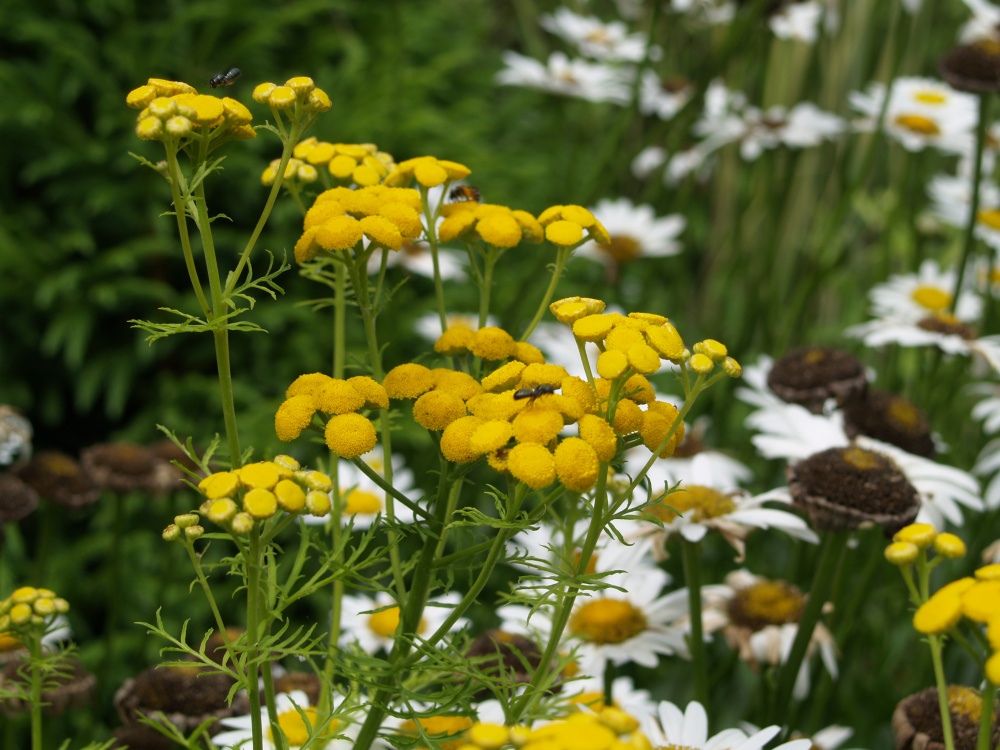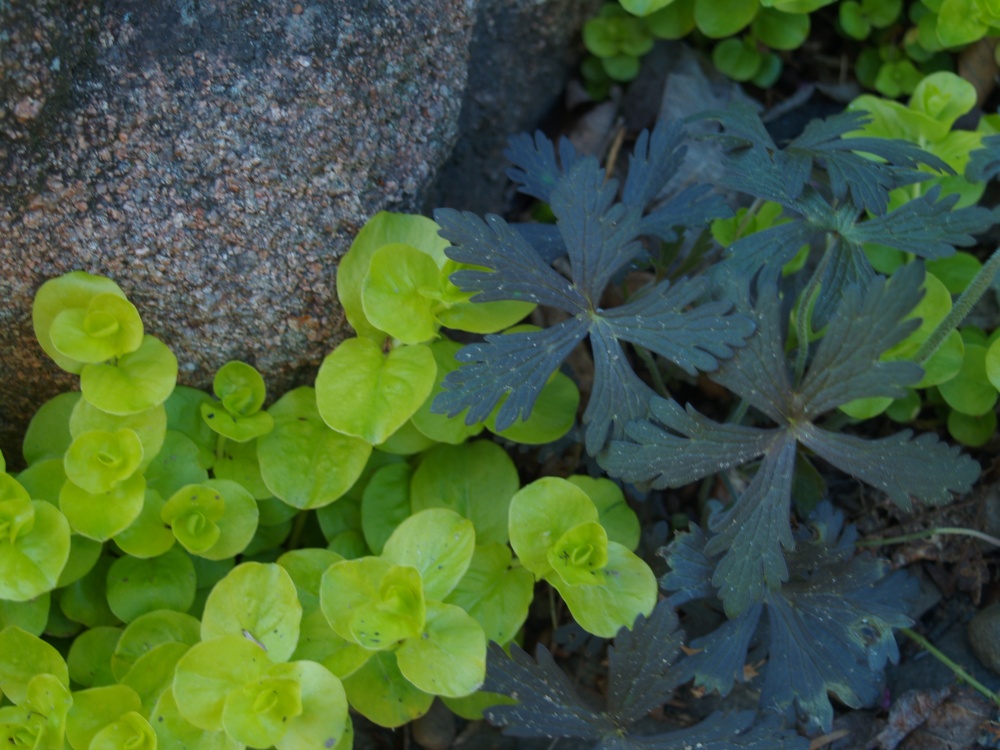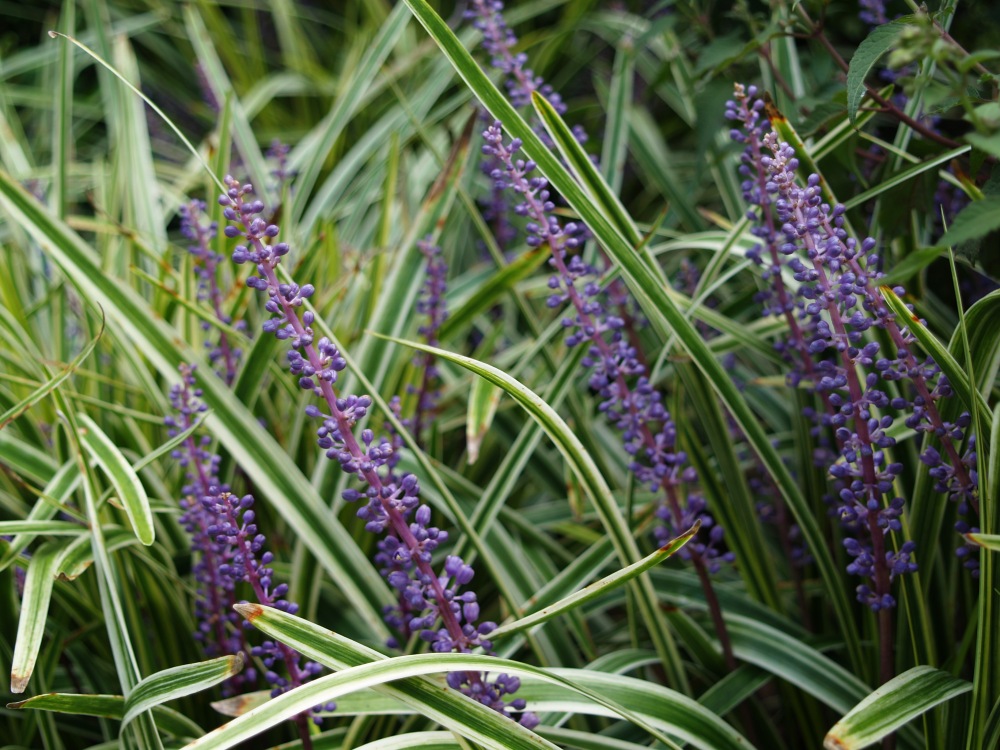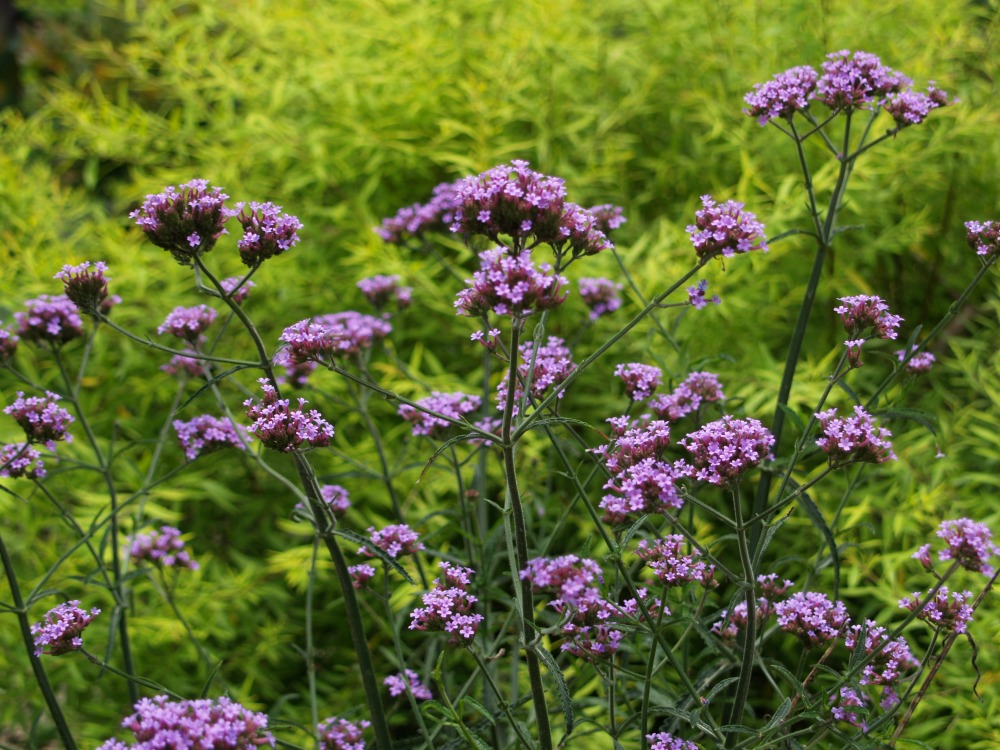From my occasional recollections, I suppose a reader could get the impression that this garden is an endless series of disasters and missteps, but I can assure you that the contrary is more the case. Yes, there are disappointments, but few, and mostly the garden is the source of boundless satisfaction.
A few days ago I read a landscape designer rambling on about proper plant placement, and how there is little excuse for planting too close, or in the wrong sun exposure when so much information is so easily accessed. First, I’ll say that too much of the information you read is poppycock (probably including many of the observations from my personal garden contained on these pages). The writer further opined that every plant should have a purpose, and that before a purchase is made there should be a clear idea where it will be planted, and a good reason for planting it. Gee, do I have it backwards!
Of course the designer was correct, and I wholeheartedly recommend that you follow this prescription. But for me, nah, it will never work.
My most serious troubles are wasting money spent on plants that I really, really want, but because of lack of space they’re shoehorned into a spot where they don’t have a great opportunity for success. And, occasionally a plant will be lost as an exuberant neighbor overwhelms it, and I either don’t pay attention until I realize three years later that it’s come up missing, or I plan to transplant it and don’t get around to doing it.
There have been plenty of plants that I’ve tried, knowing that they were not quite cold hardy enough, and of course most of these fail. Gardeners are certain to let you know when something isn’t supposed to work, but by the miracle of their gardening skill it is doing just fine. Most often the success can be attributed to a micro climate, but I’ll attest that I am completely incapable of figuring where these warm spaces might be except by complete accident.
I’ve tried spots against sunny walls, and out of the way of drying winter breezes, but nothing works. And then, an elephant ear, that was left behind because there are too many to dig and bring them all indoors for the winter, pops out in June. Like this, many of my notable successes are complete accidents, and thinking and planning then seem less relevant.
When tiny, dark leafed violets cover the ground beneath clumps of variegated liriope, far from their original location, the contrast is stunning. I would never have planned such a combination for fear that the violet would overwhelm the liriope, and this might happen in time, but for now the mix works superbly.
I have planted so much, so close that one scrambles over the other, and the best of these combinations are only slightly aided by my efforts. When the purple pineapple lily pops up through a variegated bluebeard, I take full credit, but you can bet that I didn’t foresee this, and monthly pruning is required or the lily will disappear under the shrub’s overhanging foliage. The more likely explanation for the proximity of the two is that the pineapple lily was purchased with no idea where it would be planted, and knowing that the purple foliage requires at least some sunlight, there was a bit of open ground at the time.
So, there it went, not considering that this bluebeard is one that annually dies to the ground, and only gets around to growing much with the heat of June. But, the late growth allows the foliage of the pineapple lily to reach maturity, and then I must assist by pruning the bluebeard or the whole thing falls apart. So, I could claim without argument from visitors that this creation was well planned, when it is only slightly more than a complete accident.
And, this happens all the time, sometimes with marvelous results, and other times less so, but with only a few complete and utter failures mixed in. It seems impossible for me to consider the why’s and where’s of every plant before it’s purchased, and so long as nearly everything works out for the best, I’ll blissfully muddle along with hardly a clue of the possible consequences. You will argue that I am owed a larger share to the garden’s success than I claim, and perhaps this is true to a small extent. But, the argument here is that not every detail must be so carefully planned, and if every plant and combination is given less scrutiny the gardener is more likely to be delighted with the result.
After 10 years my garden looks like one big patch! I have to explain to people that everything had plenty of space years ago!
Long ago I theorized that if I couldn’t tell where one plant stopped and another began there would be less weeding. This doesn’t always work out, but I prefer this look and detest gardens where plants are chopped into balls and blocks.
That designer seems a little uptight. Not all plant purchases are completely rational and logical. Sometimes you just fall in love a bit. I’ve always found going to a nursery a bit like attending a college party. There are just way too many ways to get into trouble…. 🙂
If I was paying a landscape designer, sure I’d want THEM to follow that prescription, after all, that’s what they are trained to do and know. But for the gardener, it is the process–and all the happy accidents within–that counts.
Exactly correct. If I design for a friend or professionally I’ll be certain to watch out for the details, but in my own garden it’s another matter.
When I started my gardening “hobby” several years ago I was overwhelmed by the landscaping rules, how to’s and what-to-do’s. So I went out, found about 7 plants I liked and bought one of each. Some lived, some didn’t but that’s my gardening “obsession” philosophy now. If the plant lives, great, go buy more of it! If it dies, you now have room for something new! Patience is the only true gardening virtue for me.
I have such an obsession for new plants that I’m not bothered at all when a severe storm destroys a plant or two. I won’t say that I wish for storms, but when something dies or is broken by the wind I always have plenty of ideas on what else will fit in. If there are no storms, and nothing dies, I just have to jam more plants into any nook or cranny that I can find.